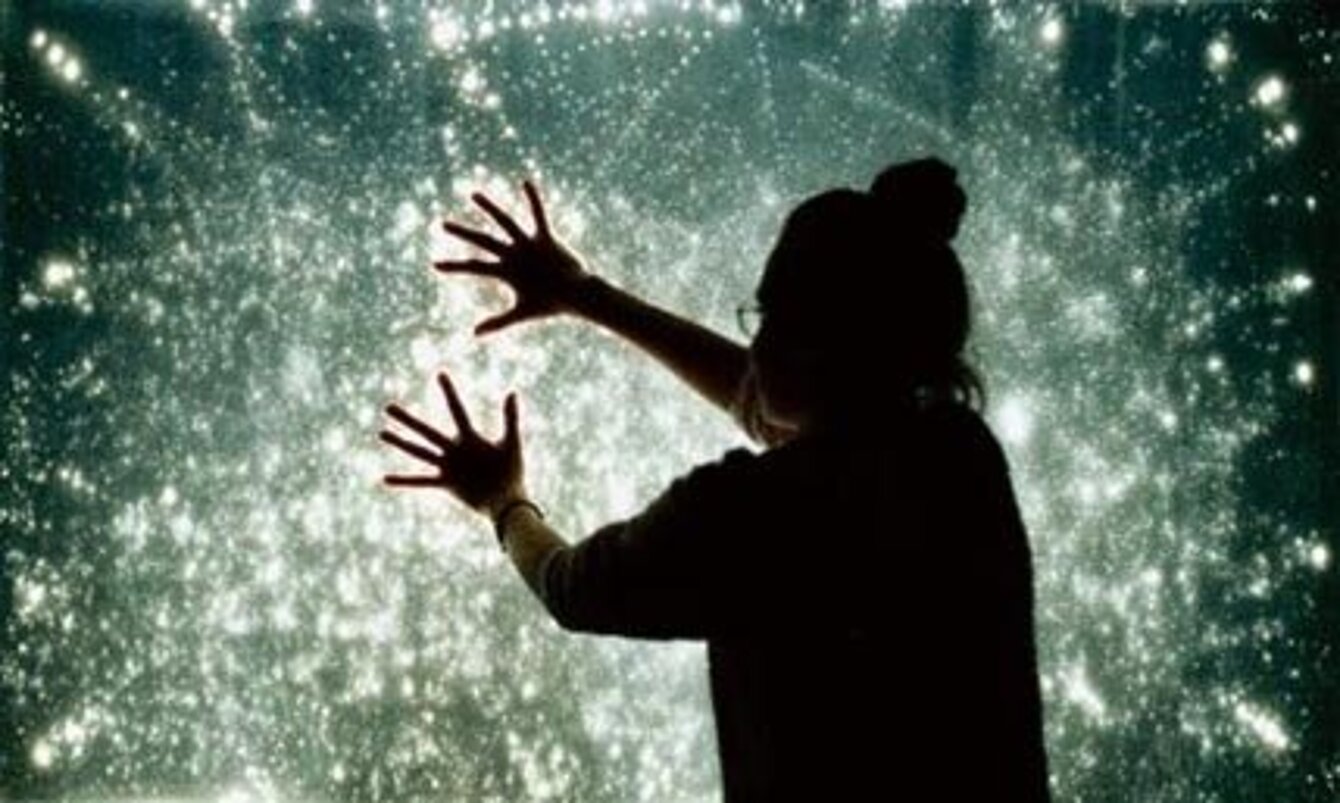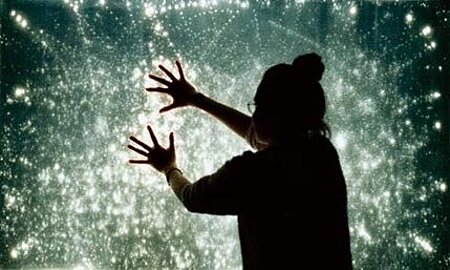Intending to document the centuries-old development of Machine Art, Pontus Hultén curated the committed project “The Machine as Seen at the End of the Mechanical Age” at the Museum of Modern Art, New York in 1968. Already the title of the exhibition delineates both the departure into the electronic age and the necessity of summing up the past. Having arrived in the digital age, we are only seldom thrown off balance by technological innovations. Nevertheless, visions and harbingers heralding fusions of biological and artificial organisms evoke ethical objections and controversial debates.
For Moving Parts eight international artists of a younger generation have created new works dealing with the ambivalent relationship between man and machine. These contemporary projects are imbedded in an extensive historical overview where the complexity of Kinetic Art in all its spectacular forms of expression is condensed.
From Jean Tinguely’s noisy scrap metal sculptures, the light-kinetic works of Gerhard von Graevenitz and Werner Bauer, Stephan von Huene’s moving sound installations and Pol Bury’s magnetic marvels up to more recent works by Paul McCarthy, Jason Rhoades, Martin Walde, Joachim Fleischer and many other artists – there could not be more multifaceted approaches to the machine and its movement. Yet, in spite of the historical scope covered by the works, the organisers of the exhibition are not intending to reconstruct the stages of the development of Kinetic Art. In fact, Moving Parts should be understood as a snapshot of the present situation to be seen in the broader context of earlier kinetic works. Obviously, our relationship to technology has changed, the rapid technological progress has also entered art and is offering us all possibilities of bringing life to sculptures nowadays. The interaction with the viewer and the performative are becoming more and more important and opening up new interpretative approaches. In this way new views on the world of the machines are becoming visible, offering a poetic momentum that ought to elevate our conception of the machine far beyond that of merely a physical device of power transmission.





















